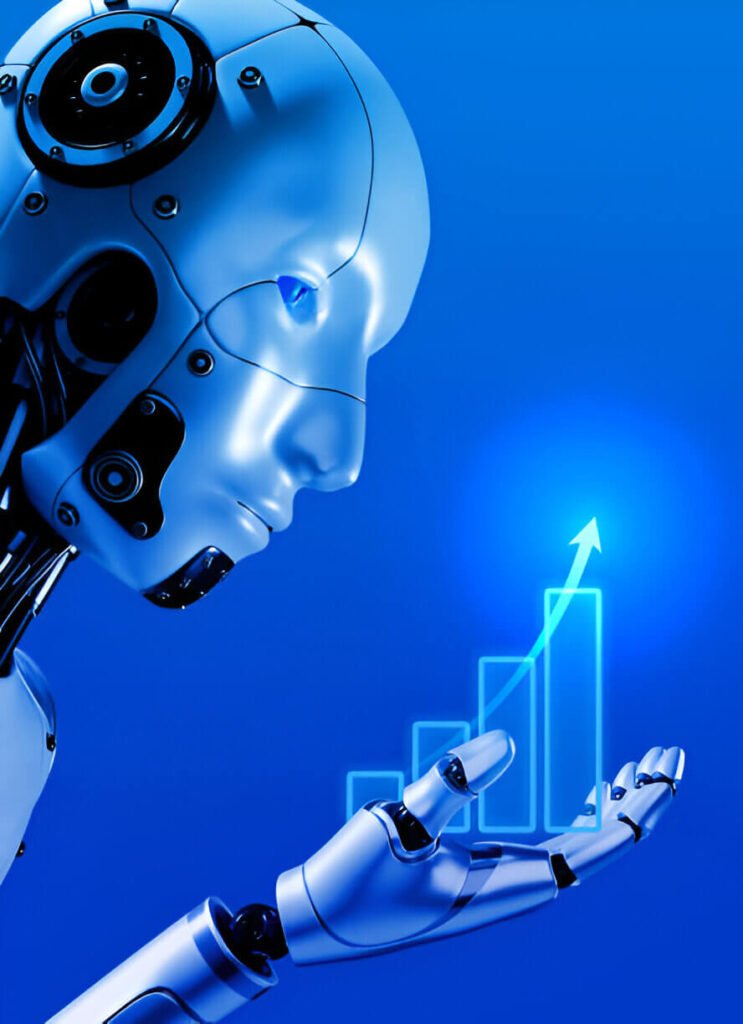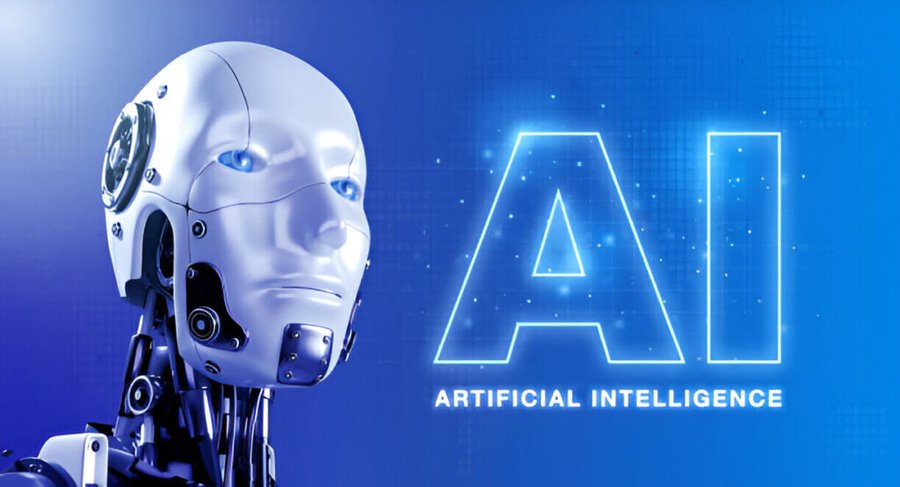In recent years, the term “deepfake” has gained notoriety, often associated with manipulated videos and images that blur the lines between reality and fiction. These sophisticated creations are generated by AI deepfake generators, a technology that has captured the imagination of many and raised concerns about its potential misuse. In this article, we delve into the world of AI deepfake generators, exploring what they are, how they work, and their impact on society.
An AI deepfake generator is a software or algorithm powered by artificial intelligence that uses deep learning techniques to create highly convincing and often deceptive multimedia content. This content can include altered videos, audio recordings, or images that make it appear as if a person said or did something they never actually did. Deepfake technology has advanced rapidly, making it increasingly challenging to distinguish real from fabricated content.
Deepfake generators operate through a process called generative adversarial networks (GANs). GANs consist of two neural networks: a generator and a discriminator. The generator generates fake content, while the discriminator evaluates it. Through continuous training and refinement, the generator becomes better at creating content that the discriminator cannot distinguish from real content.
To create a deepfake video, the generator is fed with a large dataset of images and videos of the target person. It then synthesizes the target’s facial expressions, voice, and mannerisms to produce a convincing fake video. The more data the generator has, the more convincing the deepfake becomes.
AI deepfake generators have a range of potential applications, both positive and negative. On the positive side, they can be used for special effects in the film industry, helping to create lifelike CGI characters. They can also be used for dubbing in multiple languages, making international content more accessible.
However, the technology’s darker side is where most concerns arise. Deepfake generators can be used to create fake news, impersonate individuals, or fabricate evidence. This poses significant risks to personal privacy, national security, and the integrity of information. In the wrong hands, deepfakes can be a potent tool for spreading misinformation and sowing discord.
Researchers and organizations are actively developing detection methods to combat the potential misuse of AI deepfake generators. These tools use AI and machine learning algorithms to identify inconsistencies or anomalies in videos and images that may indicate the presence of deepfakes.
Legislation is also being considered to regulate the creation and distribution of deepfake content. These measures aim to strike a balance between protecting freedom of expression and preventing malicious use of the technology.
Following are the best collections of the AI Deepfake Generator tools that you can check:
Discover AI, Organized Just for You

1 Tools Available

29 Tools Available

3 Tools Available

3 Tools Available

53 Tools Available

7 Tools Available

8 Tools Available

10 Tools Available

32 Tools Available

228 Tools Available

91 Tools Available

8 Tools Available

Join the AI Revolution
Join 5,000+ for AI trends, tools, strategies, insights, and growth 🚀

Join the AI Revolution
Join 5,000+ for AI trends, tools, strategies, insights, and growth 🚀